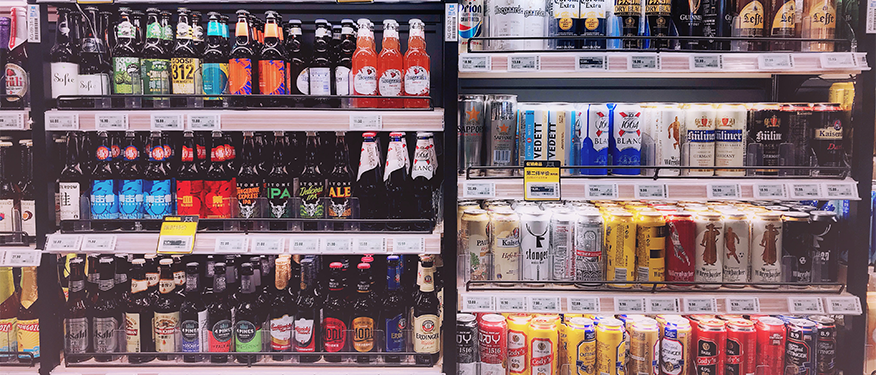Estimated reading time: 4 minutes
For convenience retailers, selling the right products is crucial for boosting revenue and maintaining profitability. C-stores are often small, so making use of valuable store space to sell profitable items is important. These are the best-selling products in convenience stores, in no particular order:
- Snacks
One of the largest selling and most profitable categories in convenience stores is snacks. Snacks encompasses lots of different foods, with the National Association of Convenience Stores breaking the category into three: salty snacks, packaged sweet snacks, and alternative snacks. Examples include potato chips, pretzels, cookies, granola, fruit snacks, and more. Offering a variety of these snacks to accommodate differing tastes in customers helps to capture more sales.
When customers visit a c-store for a destination product, like tobacco or fuel, they are likely to purchase additional items. In fact, customers buy an average of 2.1 products per trip to the store. Though snacks may be sold at a smaller volume than fuel, tobacco, or lottery, they offer higher profit margins. Selling a snack product for $2 that was purchased from a vendor for $1 leads to high profits in this category, incentivizing retailers to boost their snack offerings. - Drinks
Like snacks, drinks have high profit margins that can boost profits. Offering a variety of drinks to suit customer needs and wants is key to capturing beverage sales. For example, in addition to cooler beverages such as soda, iced tea, and juice, consider offering hot beverages or slushies. More options will encourage more customers to shop, therefore increasing sales on high profit margin items.
- Fuel
Fuel margins tend to sit low for store owners. To remain competitive, stores in high-traffic areas with lots of competitors often must lower gas prices to encourage customers to visit their stores. However, fuel customers offer a big opportunity for additional revenue by buying items with higher profit margins.
According to the National Association of Convenience Stores, 44% of gas customers also go inside the store when purchasing gas. Furthermore, 42% of fuel customers purchase drinks, and 37% purchase snacks. These items are some of the most profitable for a convenience store, meaning that a fuel retailer who has lower margins on their gas can capture more profit in the lucrative categories of snacks and drinks. - Tobacco
Though tobacco sales often come with lower margins, at an average of about 7% for a pack of cigarettes, the tobacco category makes up a huge amount of volume for c-store retailing. The average c-store sells about $575,000 in tobacco every year, making up almost 33% of the average c-store annual revenue of $1.75 million. Because 99.68% of convenience stores sell tobacco, many customers seek out c-stores specifically to purchase tobacco.
Much like fuel customers purchasing snacks and drinks, tobacco customers are likely to purchase more than just tobacco. The average c-store customer purchases about 2 items per trip. Because tobacco users are visiting a store for cigarettes or other tobacco products, they are likely to purchase other items with a higher profit margin. Therefore, tobacco retailing is incredibly important for c-store revenue.
To learn more about tobacco retailing for convenience stores and how to ensure tobacco sales compliance, check out our How to Ensure Tobacco Compliance Sales Compliance in your C-Store white paper. - Lottery
Lottery tickets can be an unexpected way for convenience store owners to bring in extra cash. Though the amount of profit per ticket sold is minimal after paying state taxes and fees, store owners win big when they sell winning tickets.
Different states offer different lottery kickbacks to the people who sold winners. For example, the California store owner who sold a $2-billion Powerball winner received $1 million, the state’s cap for payouts to ticket sellers.
Though not every store owner will sell winning tickets to massive jackpots like Powerball, many states offer a percentage of winning tickets. This means that, even if a winning ticket is a smaller amount, like $10,000, the store owner receives $50, or .5% of the amount won. These laws vary state by state but prove that lottery can often be a lucrative offering, particularly in high-volume stores where many tickets are sold.
